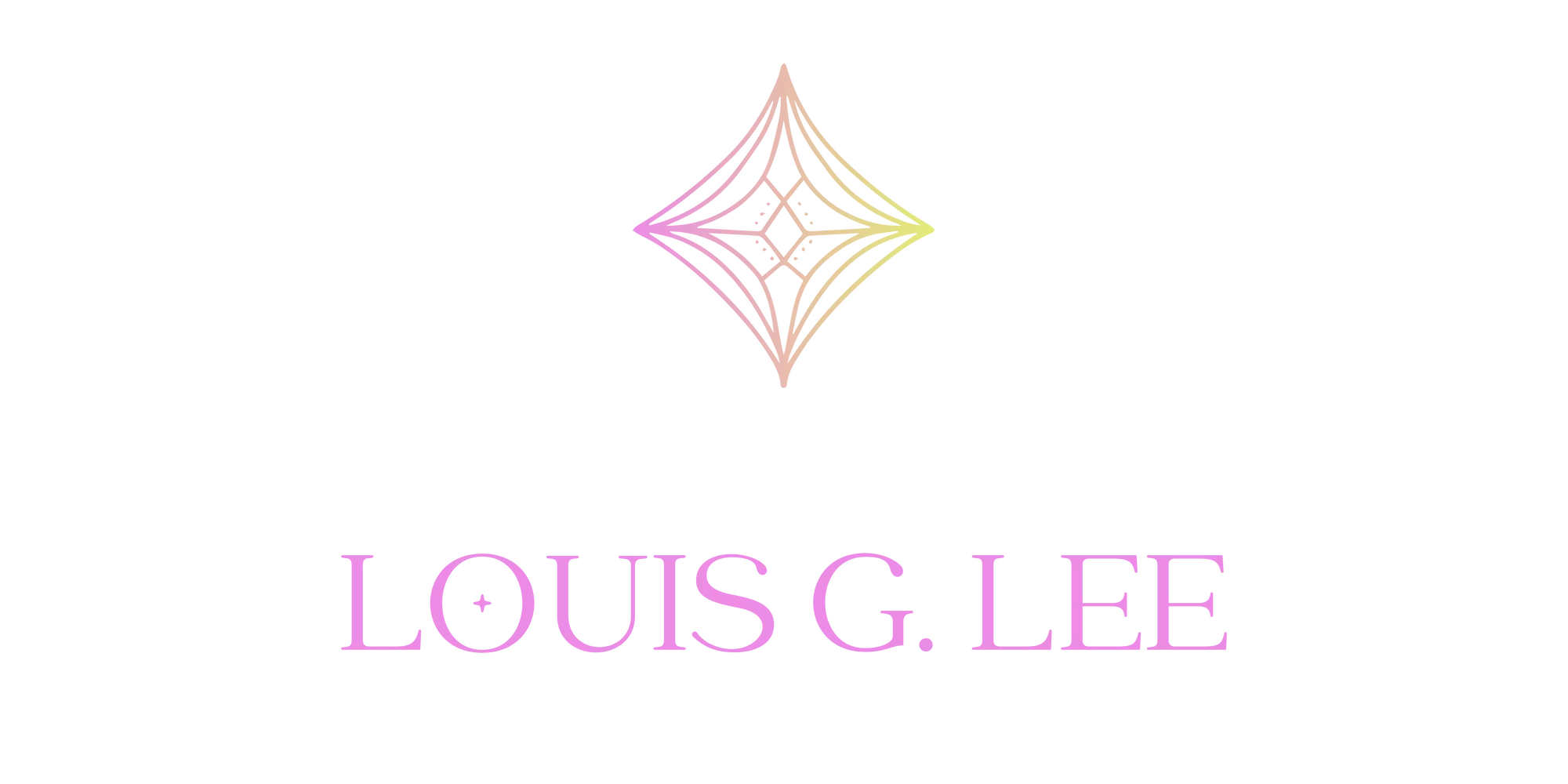Listen with your Body
Our view of the world is limited, and listening with intent is an opportunity.

Tara Brach’s podcast taught me about listening with the body. Her podcast was the first time I realized listening is a contact sport and goes beyond hearing words someone says.
Often, we assume what people might say before they speak and then interpret what they said through our worldview. But our view of the world is limited, and listening with intent is an opportunity.
When listening with my body, I listen to what the other person says while paying attention to sensations I feel.
I noticed an eagerness to move away when listening to people at work and later realized it was because I was in a hurry to get back to my to-do list. My restlessness highlighted insecurity in my job because I didn’t have enough confidence to spend a few minutes connecting with colleagues.
Even when deprived of physical contact, our bodies engage just as much as our minds interact. I had a virtual conversation with friends about a topic you’re not supposed to have at the dinner table (think politics or religion). My body felt a switch in vibration when listening to counterarguments over a screen.
These events of self-analysis came from paying attention to the way my body engaged during a conversation. Paying attention to how our bodies interact with other bodies and ideas informs us about what we value. If we don’t value it, our bodies won’t react to it.
When listening to my body, I ask myself, “Why do I want to leave this conversation? How come what they said makes me uncomfortable? Why did I feel a surge/drop in energy?”
Intentional listening is an opportunity to meditate on how you fully engage with someone instead of merely shaking your head up and down, saying “mhm” enough times for them not to question if you’re listening.
Listening with the body is a practice: A skill you will get better with over time. So next time you talk to someone, do a body scan. Start from the crown of the head, working your way from the forehead, nose, jaw, and down from there.
Notice tension, energy, or reactions when the other person speaks. Make mental notes of physical sensation when someone says something that sparks a feeling.
Jot down a note or two about how you felt in a conversation and look for potential insights you might pull from it when you have some space after the fact. There’s always more to learn when we truly listen.
We get unexpected gifts from others when we get out of our way and immerse ourselves in a conversation. By listening intently and being attentive to how our body responds, we glean deeper insights from someone living a life we aren’t.
(This post initially was written for Paths to Peace: 9 Short Ways to a Life of Lower Anxiety but ended up not making the cut. If you liked this post, consider downloading the free eBook now.)

